Mining FAQ's
-
What’s the difference between remediation and rehabilitation?
Remediation involves treating and removing contaminants from mining sites to reduce environmental hazards, often using chemical or physical processes to make the area safe. On the other hand, rehabilitation focuses on restoring the land to its original or an alternate, suitable state for future use, which may include replanting native vegetation, reshaping the landscape, and creating wildlife habitats. While remediation targets safety and decontamination, rehabilitation aims for long-term environmental stability and aesthetic restoration. Learn about our mining rehabilitation services here.
-
What are the steps of mining rehabilitation?
Mining rehabilitation typically involves site assessment, removal of hazardous waste, contouring and reshaping the land, soil treatment, replanting or reseeding vegetation, and ongoing monitoring to ensure environmental recovery. Learn more about our mining rehabilitation process here.
-
What equipment is needed to mine coal?
Surface mining requires excavators, draglines, drills, loaders, and haul trucks, while underground mining may also involve shuttle cars, roof bolters, and conveyor belts. Vernice has a fleet of excavators, dozers, loaders, dump trucks and more, each ready to tackle the needs of your mining site. Learn more about our machinery here.
-
Which material is commonly extracted from quarries?
Quarries are known for extracting materials like limestone, granite, sandstone, and gravel, commonly used in construction for building foundations, road bases, and as aggregate in concrete. These materials provide essential structural support and are also used for decorative purposes in landscaping projects. Learn more about the quarry aggregates we supply.
-
Which aggregate is best for construction?
Crushed stone and gravel aggregates are highly valued in construction projects for their strength, durability, and reliability. Crushed stone provides stability and a solid foundation for structures, while gravel is preferred in applications that require efficient drainage, such as under roadways and around foundations. The choice of aggregate often depends on the project’s specific needs, including load-bearing requirements and environmental factors.
Contact us
Have any other questions? Contact Vernice below.
Call now
(08) 6244 0007
Visit us
6 Extracts Place, Toodyay, WA 6566
Contact Us
We will get back to you as soon as possible.
Please try again later.

